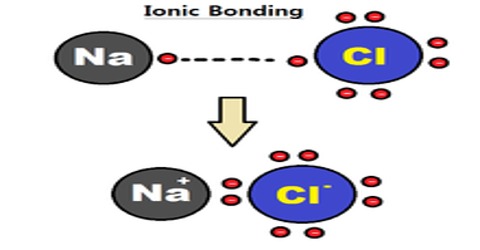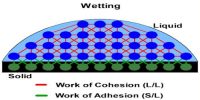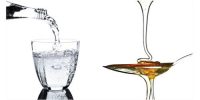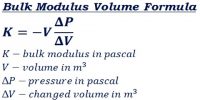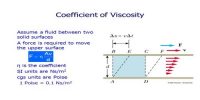Ionic bond: The bond which is formed due to the attraction between the positive ions and negative ions is called the ionic bond. Those ions are formed due to the transfer of one or more electrons from the outer shell of the atom of a metal to the outer shell of a non-metal. Example:
- Sodium chloride – NaCl – table salt
- Calcium chloride – CaCl2 – rock salt
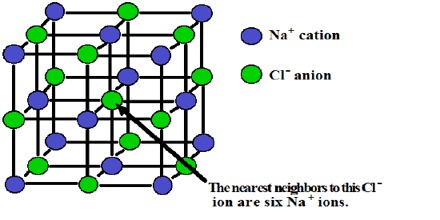
Covalent bond: The bond which is formed by sharing electrons between atoms of the same element or between different elements, instead of transfer of electrons, is called the covalent bond. This bonding occurs primarily between nonmetals; however, it can also be observed between nonmetals and metals. Example:
- Hydrogen and chlorine combine to form hydrogen chloride (HCl).
- Carbon and oxygen combine to form carbon dioxide (CO2).
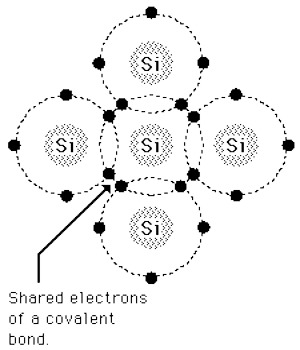
Metallic bond: The bond which is found in metal is called the metallic bond. A metallic atom prefers to have the maximum number of atoms around it. Instead of a bond between just two atoms, a metallic bond is a sharing of electrons between many atoms of a metal element. Aluminum, Bismuth, Boron, Chromium, Copper, Lead, Manganese, Molybdenum and various other metal elements are examples of the Metallic bond.
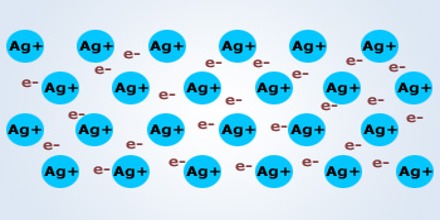
Vander Waals bond: In inert materials, a weak bond exists between the atoms of the inert material. This bond is very weak. Vander Waals forces are the weak forces which contribute to intermolecular bonding between molecules. Examples: hydrogen bonding, dispersion forces, dipole-dipole interactions etc.
